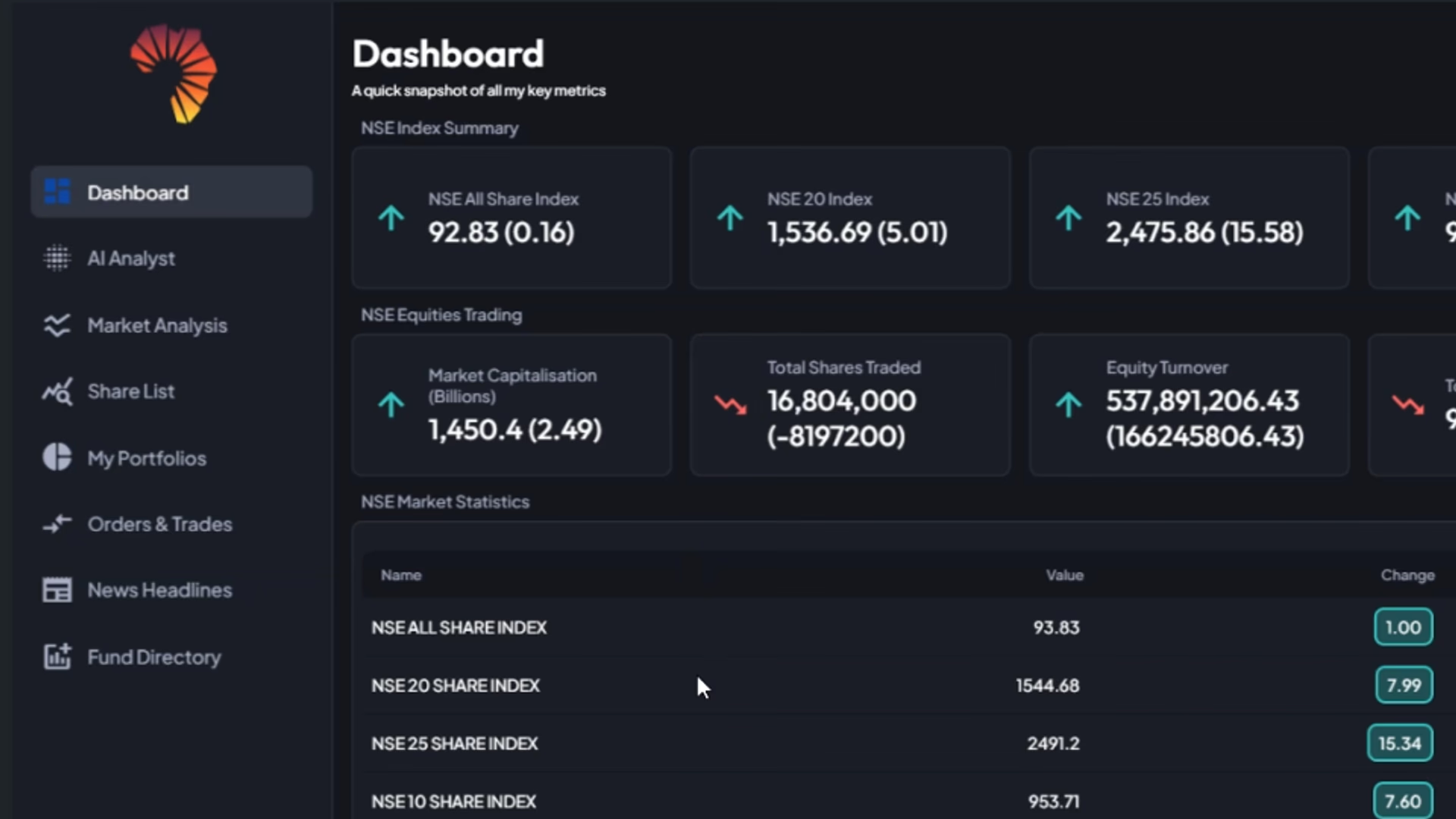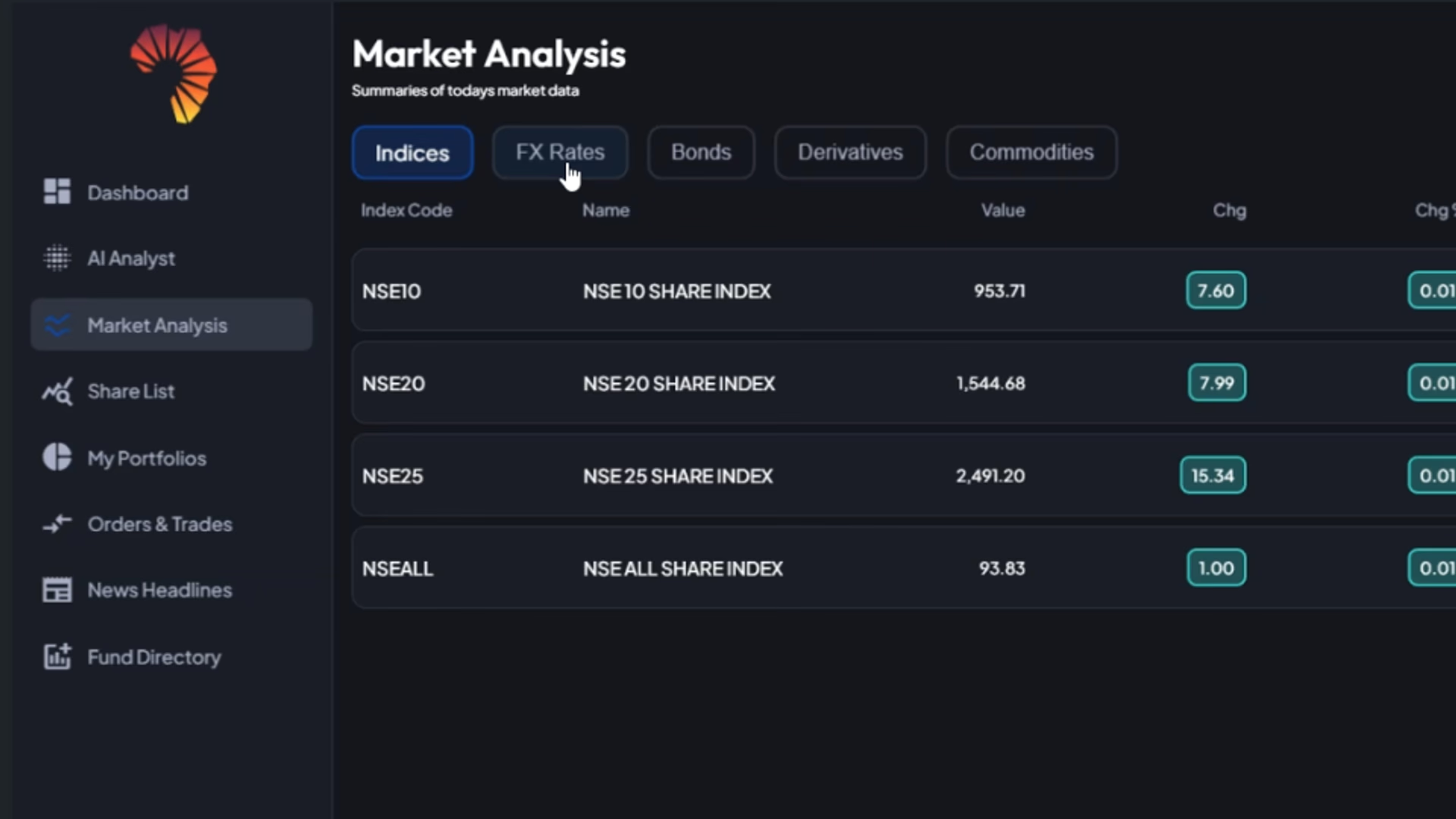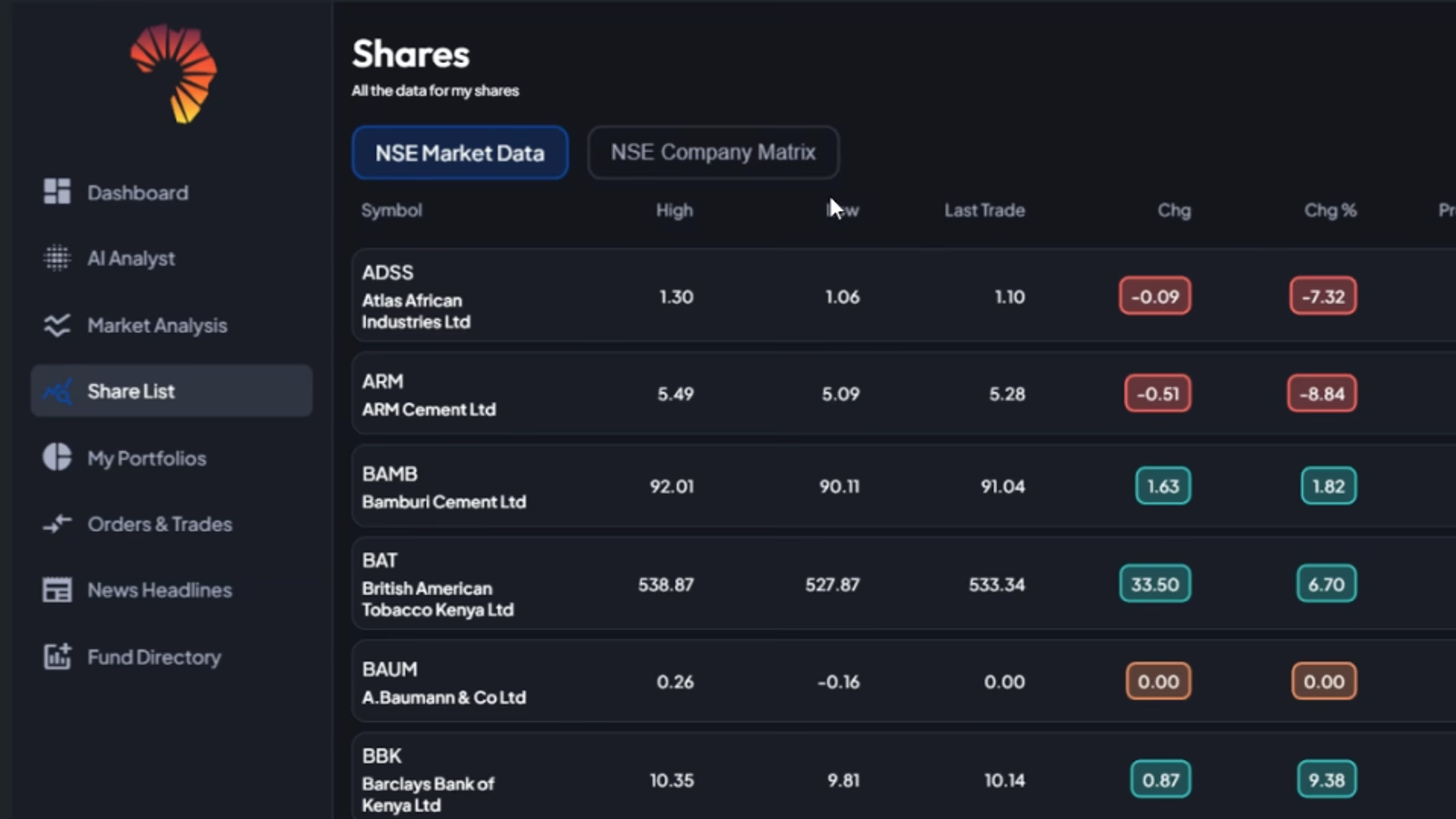The area under cultivation of wheat in Kenya has been falling since 2019 as farmers shift to maize farming, according to data from the KNBS.
- •In 2023, the area under wheat cultivation was 104,440 hectares compared to 2022 when it was 119,554 hectares, with production decreasing as a result.
- •On the flip side, maize cemented its position as a staple food crop with the area dedicated to maize cultivation increasing from 2,113,520 hectares in 2022 to 2,430,013 hectares in 2023.
- •Kenya remains a net importer of wheat, with over 80% of the consumed produce being sourced from Russia, Ukraine, and Canada.
“Consequently, the value of wheat decreased from KSh 14.7 billion in 2022 to KSh 12.3 billion in 2023. Wheat production also declined from 368.7 thousand tonnes in 2022 to 309.5 thousand tonnes in 2023 which was partly due to increased Quelea Quelea bird’s menace, especially in Narok,” KNBS reported.

- •Narok county produced the country’s largest portion of domestically-sourced wheat, producing 130,872 tonnes in 2023, followed by Nakuru and Uasin Gishu counties that produced 72,252 tonnes and 38,798 tonnes respectively.
Maize production increased by 38.8%. In 2023, it recorded 4.29 million tonnes up from 3.09 million tonnes in 2022. This was largely because of the favourable prices maize fetched that year, incentivizing farmers to dedicate more acreage for the crop. Uasin Gishu and Trans Nzoia counties produced the bulk of the nation’s maize produce in 2023, at 476,538 tonnes and 448,011 tonnes respectively.
“This increase in production was attributed to several factors, which include the government’s subsidy of fertilizers, favorable weather conditions such as sufficient rainfall in 2023 and the expansion of the area under the crop. The value of Maize increased from KSh 179.7 billion in 2022 to KSh 180.8 billion in 2023,” KNBS reported.
Rice produced under the Mwea irrigation scheme saw an increase from 137,769.3 tonnes in 2021/2022 financial year to 153,653.6 tonnes in the 2022/2023 financial year.
“The average yield was 33 bags of 80Kgs of paddy per acre (2,640kgs), selling it at KSh 78.0 per kilogram. The estimated production average cost per acre was at KSh 75,000,” the report added.
Sorghum grows mainly in semi-arid areas and many Kenyans have regarded it as a viable option to maize during food shortages, thanks to its drought-resistant nature. Production rose from 120,422 tonnes in 2022 to 198,923 tonnes in 2023, when it was valued at KSh 9.6 billion that year. Kitui, Meru, and Homabay stood as the biggest producers of the crop.
The production of Irish potatoes increased from 1.8 million tonnes in 2022 to 2.3 million tonnes in 2023. The value of the crop only rose slightly by KSh 0.5 billion between the two years. The biggest producers of the crop were Nakuru, Nyandarua, and Elgeyo Marakwet.
In 2023, many farmers did not want to cultivate beans due to the oscillation between excessive rainfall and harsh drought that year. The demand for consumption was satisfied largely by imports from Uganda and Tanzania.
“The area under beans decreased by 3.8 percent to 1,220.0 thousand hectares in 2023 from 1,268.6 thousand hectares in 2022 while production increased to 861.0 thousand tonnes in 2023 from 750.2 thousand tonnes in 2022,” the report added.





